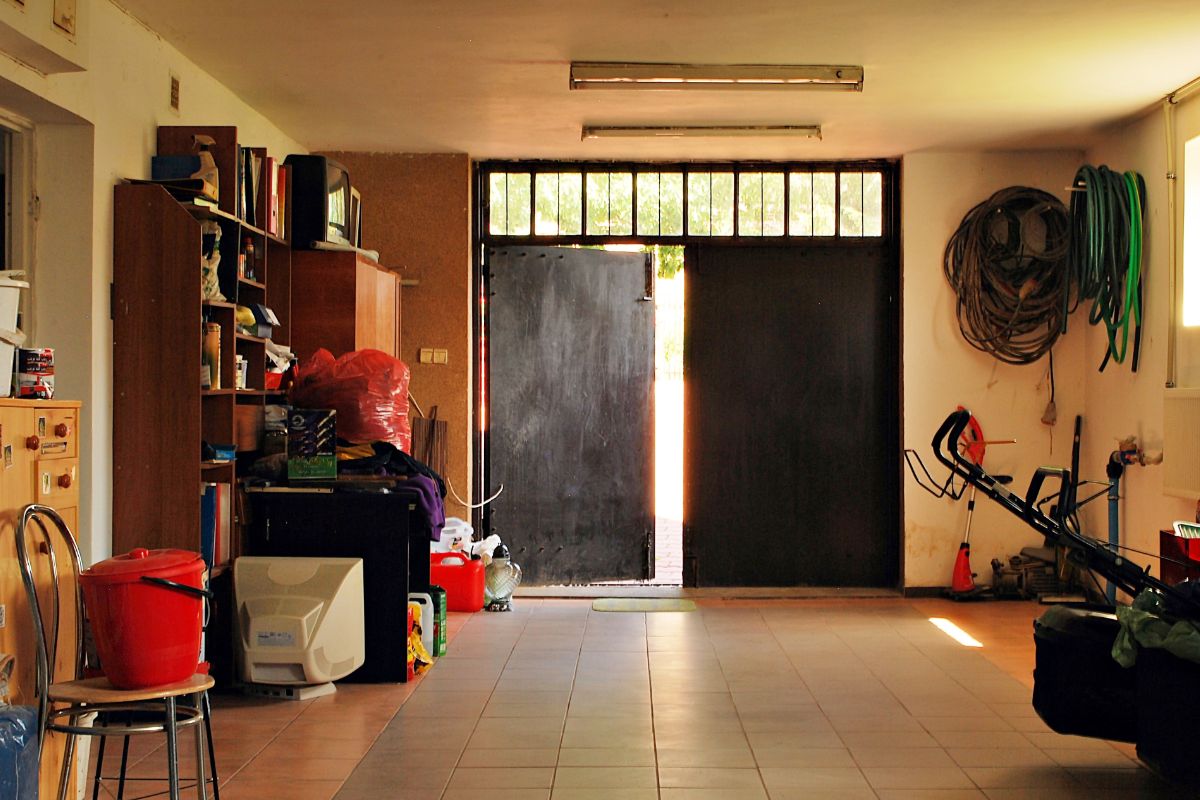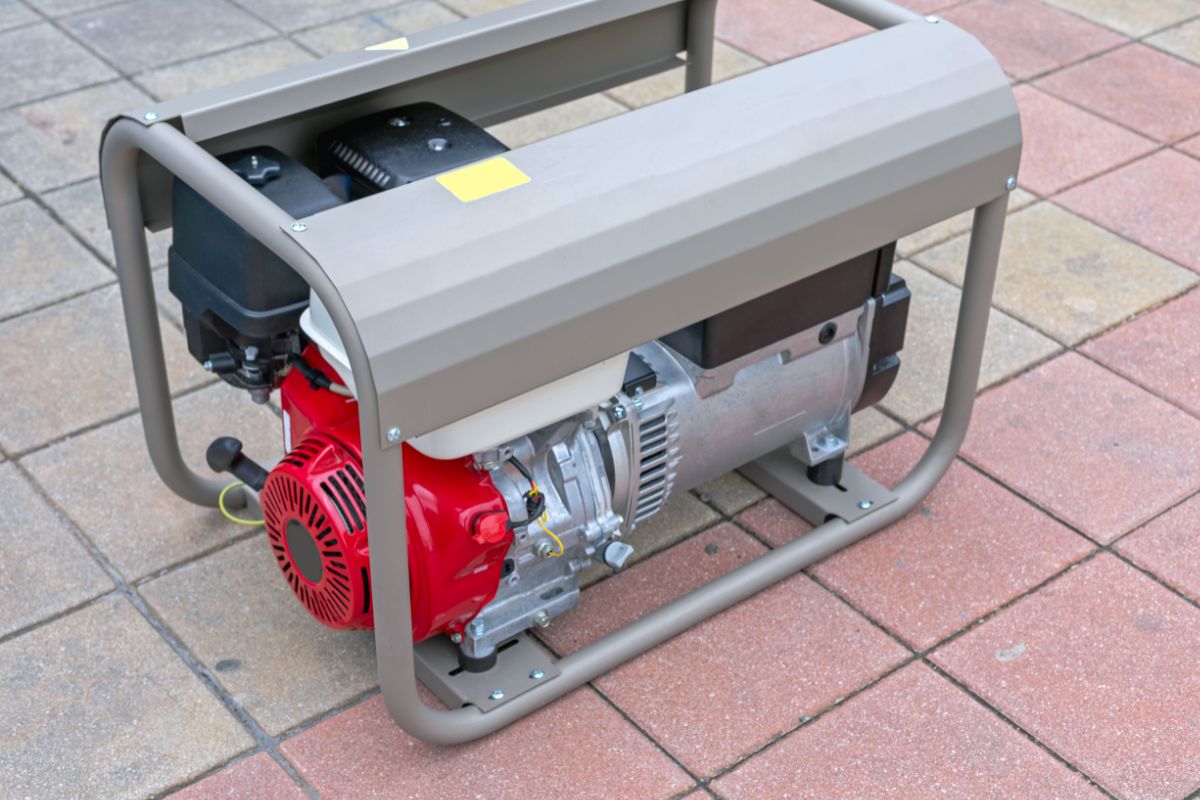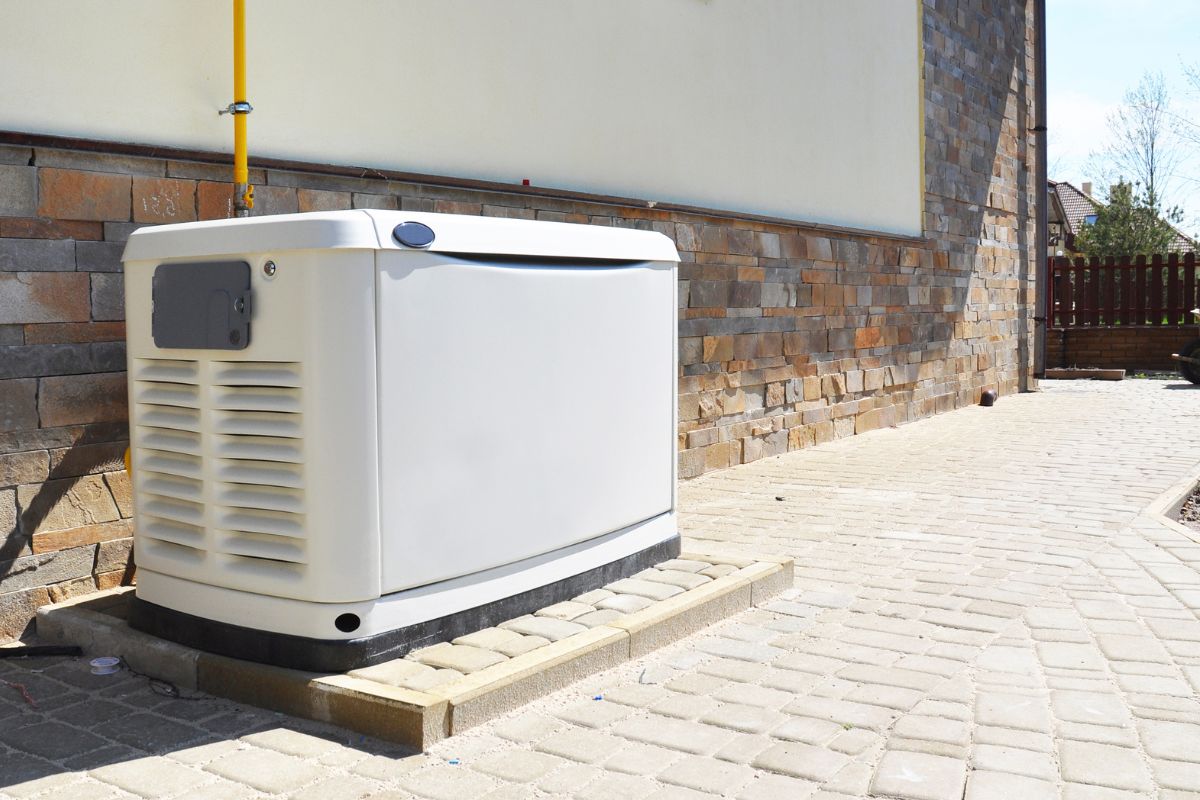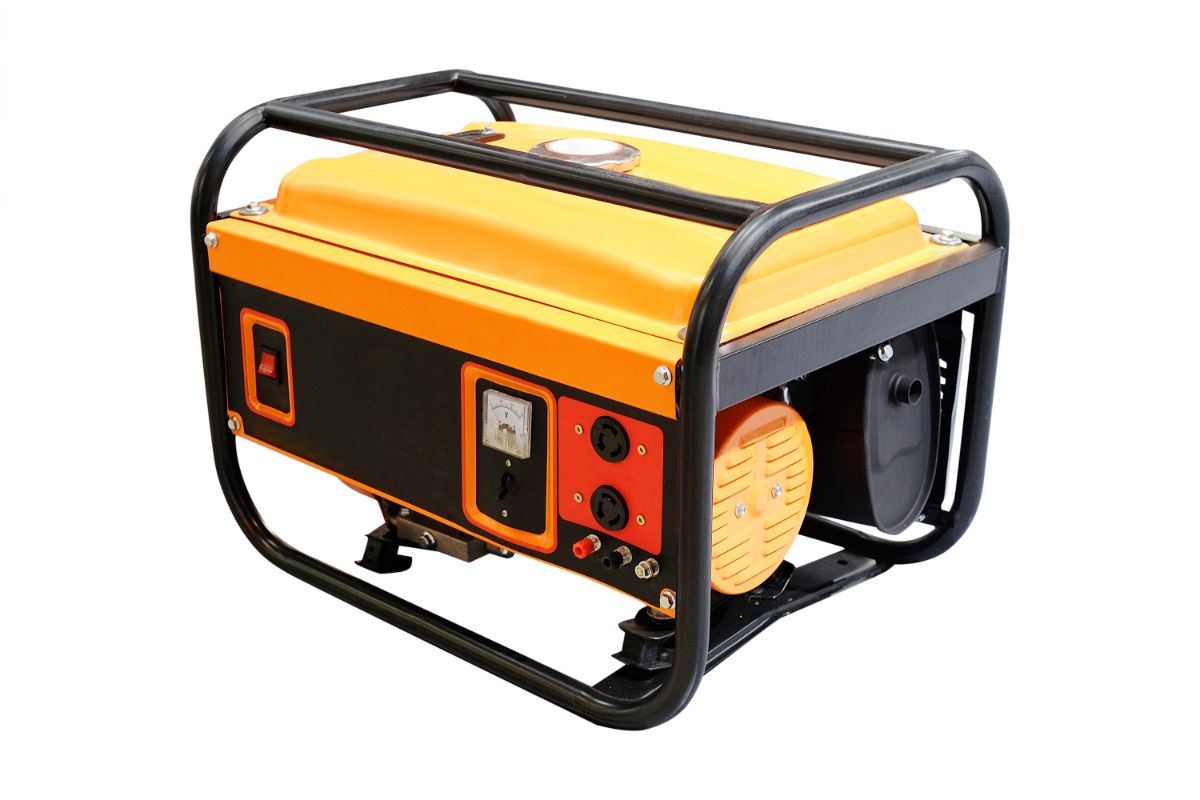Am I right in thinking you’re low-key obsessed with insulating your home in order to make it as energy efficient as possible? Me too!
But, let me guess… you’ve weatherstripped the entry doors and windows, you’ve insulated your attic, you’ve even insulated your garage, but somehow, that energy bill still seems to be riding high?
I feel your pain — I’ve lived your pain!

You’ve already spent a small fortune attempting to lower your energy bills, and while your efforts have had a minor impact, you feel like there’s something missing, one tiny crack in your home’s thermal defenses letting your property, the planet, and your bank balance down.Well, my friend, that chink in your armor is almost definitely your lack of quality window shades.
Did you know that a good shade can reduce heat loss via your windows by roughly 40%? I know, I know… crazy, right?.
But not all shades will have such a seismic impact; only the best can pull it off, and I’ve shortlisted 5 contenders below.
Best Window Shades
OUR TOP PICK
Bali Blinds Cordless Cellular Shade
EDITORS CHOICE
Changshade Cellular Blackout Shades
BEST VALUE
Boolegon Top Down Bottom Up Cellular Shades
OUR TOP PICK
Bali Blinds Cordless Cellular Shade
With an impeccable cellular honeycomb structure, this Bali Blinds shade puts both a physical and air barrier in the path of heat trying to worm its way out or into your home, thereby taking the load off your thermal system and bringing your energy bills down.But its virtues don’t start and end with insulation; during the testing period, I couldn’t get enough of the concealed, cordless lift system.
Not only does it clean up the clutter of traditional cord shades, it makes them easier to use for adults, and somewhat of a mystery to children, preventing them from fiddling with (and inevitably breaking) them, or worse, injuring themselves.I also really loved the crisp white color and minimalist aesthetic.
They’ll fit seamlessly into a room with modern leanings, and will visually “tidy” a more traditional, eclectic environment.
I’d say they have quite “office-y” vibes, so perhaps not the best choice for a chill space, but they’re fantastic nonetheless!Pros
- Cellular structure — Air barrier provides additional thermal defense
- Cordless — Sleek aesthetic and easy to operate
- Polyester — Boosts insulation significantly
- Price — You don’t have to spend big bucks to start saving big bucks!
Cons
- Aesthetics — Perhaps too clinical for some
Also available from 2daydeliver
EDITORS CHOICE
Changshade Cellular Blackout Shades
Should you be looking for ultimate privacy, I’d highly recommend these Changshade shades.
Featuring a sizable sequence of polyester honeycomb cells, they put up an incredibly robust defense against thermal flow, ensuring those energy bills come down! And during my tests, I found the aluminum foil woven throughout genuinely blocks 100% of the sunlight trying to get into the room, making them the absolute best choice for light sleepers that need utter darkness to get enough rest.I also found they were fairly effective sound dampeners, which again, is great for light sleepers, particularly city dwellers that live above busy streets.Putting the cherry on top, they’re a completely cordless design, making them an elegant energy-saving solution with operation that won’t drive you insane — No more guessing which cord to pull!Pros
- Depth — Thickness gives texture and dimension to a room
- Cellular structure — Ultimate energy savings
- Polyester — Awesome insulation, regardless of honeycomb structure
- Blackout — No light will ruin your sleep!
Cons
- Light transmission — Not a lot of control over light transmission, which isn’t ideal when used in the daytime.
BEST VALUE
Boolegon Top Down Bottom Up Cellular Shades
Being that shades primarily only save money on energy bills when in use, you may choose to keep them down during the daytime, but how then will you get enough natural light in your room?
Well, with these Boolagon shades, it’s not an issue!Not only do they allow the passage of a nice amount of ambient light, they block out tons of harmful UV rays, making your home a truly safe space for all.
What’s more, featuring top down and bottom up operation, you can customize their coverage, thereby controlling the entry point and volume of light in the room. During my tests, I found them an absolute joy for getting cozy and reading a good book in my living room without the glare and eye strain I’m used to, and thanks to the cellular construction, they’ll save you some pennies on your energy bill.Now, I know what you’re thinking… how in the heck do you operate such a complex shade?
Well, thanks to motorization, it’s as easy as pushing a button.
There are no messy cords, no internal pull mechanisms, just clean, sleek shades, perfect for augmenting a crisp, elegant, modern aesthetic.Pros
- Light transmission — Diaphanous fabric lets natural light in so you can use them during daylight hours and save extra on your energy bills.
- Top down bottom up — Ultimate control of light transmission to fine-tune your vibes
- Cellular construction — Air barrier is the ultimate insulator
- Motorized — Clean aesthetic and easy operation — Woo!
Cons
- Installation — Advanced design makes setup quite tricky
Also available from eBay
RUNNER UP
Coolaroo Exterior Roller Shade
These Coolaroo shades are the ultimate way to block harmful UV rays from reaching you and your family during the summer months, and as a bonus, they’ll keep the scorching summer heat at bay too, minimizing the energy draw of your air conditioner.As you’d expect from a shade designed to battle it out with the elements, it’s insanely durable and well made, so no matter how crazy the weather gets in your area, it’ll stand the test of time.I was a little concerned that cleaning would be an issue, especially as there are pigeons nesting nearby that are pretty liberal with their droppings, but a quick rinse with the garden house took care of (pigeon) business.The one caveat here is that they’re not going to be of much use in the winter months, so I’d recommend pairing them with an interior set of cellular shades to maximize your savings year-round.Pros
- Light filtering — Blocks 90% of the sun’s harmful UV rays, keeping your home safe for all inhabitants
- Easy clean material — A quick garden house shower gets the job done.
- Wand crank — No chains or cords to catch on things or fall into disrepair
Cons
- Winter months — Won’t help you save money when the frosts set in
Also available from Walmart
RUNNER UP
BlindsAvenue Cellular Shade
When it comes to insulation, it costs money to save money, but you can keep these upfront fees to a minimum and fast-track your ROI by choosing something simple and effective like these shades from BlindsAvenue.The polyester cellular structure keeps heat inside during the chilly months and outside during the sweltering months, helping to keep that energy bill lean, and the air barrier does a respectable job of damping sound transmission as well.
As such, you can be noisier in your home without upsetting the neighbors, and vice versa. They’re also completely cordless, which means they’re child-safe, sleek, and easy to operate — The absence of a cord is a small yet powerful de-stresser in day-to-day life. They also permit a calming level of light transmission, but aren’t so diaphanous as to limit your privacy, making them a good choice for living rooms and kitchens, but not such a good fit for bedrooms or bathrooms.
Pros
- Price — Best value for money on the list
- Cellular structure — Air barrier will reduce heating and cooling bills
- Light transmission — Useable in the daytime
- Cordless — Child-safe and easy to use
Cons
- R-value — Unlikely to be as effective as some of the more expensive picks in terms of insulation
Also available from Overstock
Buyer’s Guide
It takes a very special shade to nearly half heat loss, but what exactly separates effective from ineffective window shades? All will be revealed below.
Layers
You needn’t buy the thickest window shades on the market to capitalize on some prime energy savings, but, generally speaking, more layers means more robust insulation.
That said, certain fabrics are far thicker and thermally resilient than others, meaning a single-layer shade may be a better option if it’s made of the good stuff.
Fabric
Polyester and wool are your best bets when it comes to insulation. Cotton is pretty good so long as it doesn’t get wet, and viscous isn’t bad either.
Silk, on the other hand, is quite breathable, so although it may be the perfect finishing touch to the elegant aesthetic you’ve been cultivating throughout your home, it shouldn’t be your first choice.
Textile Design
The textile design of a window shade is where the real magic happens.
The best of the best insulators are built using the cellular honeycomb blueprint, which, for the uninitiated, is a series of cross-sections containing one or more dead air pockets, thus providing both physical and intangible thermal barriers, a mean combo!
General Design
There are loads of different window shade designs these days.
From accordion-style pleated shades, to roller and Roman shades, to smart shades that you can control remotely with your phone or voice commands, if you can dream it, it exists, but which should you go for?Well, pleated shades tend to be fantastic insulators, but the pseudo-corrugated look isn’t for everyone, and although Roman shades look quite elegant and provide tons of privacy, they tend to be an open door where heat’s concerned. Roller shades aren’t that much better, and they can be quite tricky to operate, while smart shades offer the latest in modern convenience, but sometimes at the expense of essentials such as insulation.
A Note On R-Values
It can be hard weighing up all the aspects of shades detailed above, but let me make everything much easier for you by mentioning that if you want to streamline your consumer experience, you need only look for one number, a number known as an R-value.R-values tell you in no uncertain terms how effective a material or item is as an insulator.
The higher the number, the more heat it will keep inside or outside your house.The best cellular shades operate within the 2.0–5.0 R-value range, meaning even the less effective ones will double the thermal insulation of a window.
So, keep your peepers peeled for some R-values. They’re the best indicator of performance you’ll find without digging into the textile DNA of a shade.
Location, Location, Location
Where are you planning to install your new window shades? Answering this question is essential to you finding your perfect insulators.
Visible Light Transmission
If you’re shopping for new living room shades to ease the burden on your heating/cooling systems and bring down your energy bill, it stands to reason that you’ll need them lowered during daylight hours, but therein lies a problem.Lowered shades typically block sunlight, which means you’ll need the lights on 24/7, offsetting the gains made by introducing the shades to your home. The solution? Shades that allow for the passage of light while simultaneously stopping the associated heat in its tracks.
Top down bottom up shades can also help with the optimization of light transition.
Privacy
The thing about visible light transmission is that it can diminish the privacy factor of shades, and I understand that you may well wish to prioritize opacity, especially if you’re buying for your bedroom.This is actually ideal, as it means the shade doesn’t have to pull off the textile wizardry of blocking heat without inhibiting light transmission.
Most blackout shades are natural insulators due to their ability to block light, but many also have synthetic layers built in to keep heat at bay too!
Ease Of Use
No amount of insulating brilliance will be worth functionally challenged shades, so in a way, ease of use is the most important consideration in this guide. How would you prefer to operate your shades?
As mentioned earlier, there are a number of smart shades that can be seasonally programmed to operate themselves in a manner that saves the most energy, but, as you’d expect, they can get pretty pricey.There are also a variety of manually operated shade systems available, so be sure to have a go with as many different styles as possible to see which suits you best, but if you have kids, a cordless shade is the only way to go!
Durability
Of course, you don’t just want your shades to be impeccable insulators, you also want them to stand the test of time, so consider the durability of the fabrics used and build quality.Particularly thin shades may not stand up to much abuse, especially if you occasionally accidentally leave the window cracked on a windy day.
Frequently Asked Questions
What Are The Best Window Shades For Energy Savings?
If saving a few bucks on the old energy bill is a priority for you, keep an eye out for any shades with that cellular honeycomb architecture.
These cells contain small, discrete air pockets that act as fantastic thermal insulators, and as they’re separate, they can’t easily share heat via convection, helping to block thermal flow.
Are Interior Or Exterior Window Shades Best?
Ultimately, whether interior or exterior window shades are best chalks up to a matter of taste and the type of windows in question.
With the proper materials and structure, both can be effective insulators, but I’d suggest quality interior shades are more versatile, as they help keep you warm and cool depending on the season. Outdoor shades mostly only keep you cool during the summer months, but they do block a lot more UV, so if your eyes are particularly sensitive to glare, they might be the shades for you.If you ask any professional installer, 95% of the time, they’ll suggest an interior shade, but for tricky, hard-to-reach fixtures such as skylights, a motorized outdoor shade will be more suitable.
How Do Cellular Shades Compare With Standard Shades In Terms Of R-Value?
As mentioned earlier, cellular shades will be rated between R 2.0 and R 5.0, but the best a non-cellular shade will muster is about R 1.8… if you’re lucky.
So, again, if you’re looking to cut those energy bills down, cellular really is the best choice.
Is It Best To Install Cellular Window Shades Or Weatherstripping?
Honestly, I wouldn’t just pick one of these insulation booster shots.
Both can be incredibly impactful, but if I had to choose one to start with, it’d most likely be weatherstripping, as this shores up any structural defects letting air leak in and out of your home.
Window shades can then be added after the fact as supplementary insulation.
Do Shades Increase R-Value?
Yep, a good window shade will increase the R-value of that section of your home.
How Long Do Cellular Shades Last?
If you take good care of your cellular shades, there’s no reason they wouldn’t last between 5 and 7 years, in which time they will have paid for themselves many times over, making them a worthy investment.
Final Thoughts
Insulating window shades are the ultimate final touch in an energy-efficient household. They’re good for keeping you and your family comfortable, they’re good for your bank account, and perhaps best of all, they’re great for the planet.











